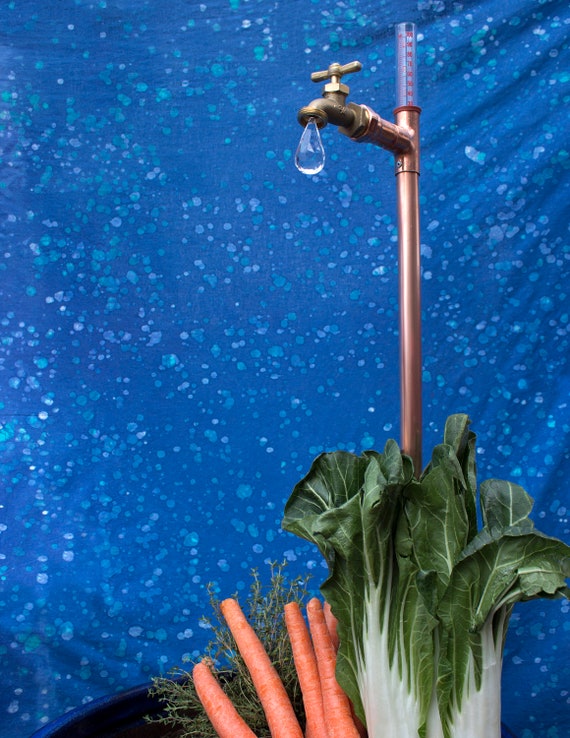The Rain Gauge: A Comprehensive Overview to Accurate Climate Dimension
The Rain Gauge: A Comprehensive Overview to Accurate Climate Dimension
Blog Article
Do It Yourself Rain Scale: Simple Actions to Make Your Own
Creating your own DIY rain scale is a simple and effective way to tape-record and determine precipitation. With just a few typical products and some fundamental actions, you can conveniently construct your own rainfall scale at home. Allow's get started on making your Do it yourself rain scale today!
Gather Materials
To begin creating your Do it yourself rainfall gauge, collect all the needed materials utilizing a comprehensive listing of items. Having the appropriate products on hand will guarantee the effective production of your rainfall gauge and allow for accurate measurements of rainfall. Gathering these materials in advance will improve the building and construction process and guarantee that you have every little thing you require to create your own Do it yourself rainfall gauge.
Prepare the Container

Mark the Dimension Increments
To properly gauge the quantity of rainfall, properly marking the measurement increments on your do it yourself rain scale is essential. Without exact and clear markings, it would be hard to figure out the exact quantity of rainfall accumulated in your rain scale. Right here are the steps to note the measurement increments on your rainfall scale.
The most common systems for determining rainfall are inches and millimeters. As soon as you have actually picked the unit, utilize a long-term pen or water-proof paint to note the increments on the side of your rainfall scale.
When noting the increments, it is very important to ensure that they are evenly spaced and clearly visible. Use a ruler or determining tape to make sure precision and consistency. Additionally, see to it that the markings are immune to fading or abrading, as exposure to the elements may cause them to weaken with time.
Area the Rainfall Gauge Outdoors
The rainfall scale ought to be put outdoors to accurately collect rainfall information. The area selected for the rain gauge should be open and free from any type of obstructions that could possibly impact the measurement of rainfall. The Rain Gauge.
In addition, it is crucial to position the rain scale on a steady surface area, such as a degree ground or a strong message. This will protect against any kind of motion or tilting of the gauge, which can cause incorrect dimensions. It is additionally recommended to prevent placing the scale near any type of go to this website sources of fabricated water, such as sprinklers or drainage systems, as this can disrupt the precision of the dimensions.
Monitor and Document Rainfall Information
Regular monitoring and recording of rains data is crucial for precise data evaluation and interpretation. By keeping an eye on rainfall dimensions, you can gain valuable insights into weather condition patterns, climate patterns, and water resource administration. To effectively keep an eye on and tape-record rains data, it is essential to establish a routine and keep consistent techniques.
Firstly, make certain that your rainfall scale is placed in an open area away from challenges such as trees or structures that may obstruct rains. Furthermore, ensure the rainfall gauge is level and securely secured to avoid any motion that can impact the precision of the measurements.

When recording the rainfall data, it is necessary to keep in mind the day and time of each dimension. Make use of a leader or a gauging adhere to determine the rainfall depth in the rain scale, and record this information accurately.
To make certain this hyperlink the precision of the dimensions, it is suggested to empty the rain scale after each recording. This will certainly stop any type of overflow or evaporation from influencing subsequent measurements.
Verdict
Finally, producing a DIY rain scale is a sensible and basic way to check and tape rainfall information (The Rain Gauge). By following the actions described in this article, you can quickly gather products, prepare the container, mark the measurement increments, and position the rain scale outdoors. On a regular basis keeping an eye on and tape-recording rains data can give valuable information for different purposes
Having the ideal products on hand will make certain the successful development of your rainfall gauge and enable for exact measurements of rainfall.To properly measure the amount of rains, accurately marking the dimension increments on your Do it yourself rain gauge is necessary.The rainfall gauge must be placed outdoors to precisely accumulate rainfall data. The place picked for the rain gauge must be totally free and open from any type of blockages that can potentially affect the dimension of rainfall.In final he said thought, developing a DIY rainfall gauge is a easy and functional way to keep track of and tape rains information.
Report this page